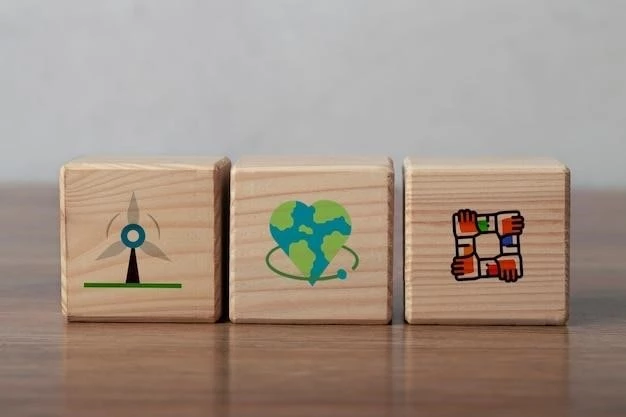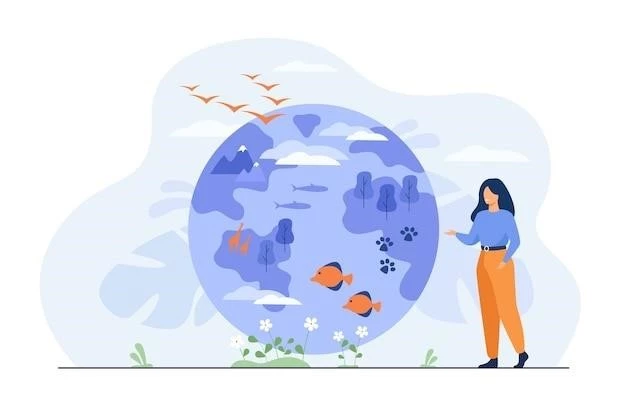Climate Change Adaptation Strategies: My Personal Journey to Resilience
Climate change is no longer a distant threat; it’s a reality we’re all facing. From rising sea levels to extreme weather events, the impacts are becoming increasingly evident. While mitigating climate change is crucial, adapting to its inevitable effects is equally important. As someone deeply concerned about the future of our planet, I’ve embarked on a personal journey to implement climate change adaptation strategies in my own life. This journey has been an eye-opener, teaching me valuable lessons about resilience and sustainability.

From Awareness to Action: Embracing Change
My journey began with a deep dive into the science of climate change. I spent hours reading research papers, watching documentaries, and attending workshops. This helped me understand the complexities of the issue and the urgency of taking action. Armed with this knowledge, I started making conscious changes in my everyday life.
Water Conservation: A Drop in the Bucket Matters
Water scarcity is a major concern exacerbated by climate change. I implemented simple yet effective water conservation measures at home, such as installing low-flow showerheads, fixing leaky faucets, and watering my garden during cooler hours. I also started collecting rainwater in a barrel to use for non-potable purposes;
Energy Efficiency: Reducing My Carbon Footprint
Energy consumption is a significant contributor to greenhouse gas emissions. I switched to energy-efficient appliances, installed LED bulbs, and made a conscious effort to reduce my electricity usage. I also explored renewable energy options, installing solar panels on my roof. This not only reduced my carbon footprint but also saved me money on my energy bills.
Food Choices: Embracing Sustainability
Agriculture is another major contributor to climate change. I started making conscious food choices, prioritizing locally grown and organic produce. I also reduced my meat consumption and explored alternative protein sources, such as lentils and beans. This not only supported sustainable farming practices but also improved my health.
Beyond Individual Action: Collective Resilience
While individual actions are important, collective efforts are essential to building resilience to climate change. I joined local community groups working on climate adaptation projects. These groups are tackling issues such as urban heat islands, flood mitigation, and food security. Through collective action, we can amplify our impact and create a more sustainable future.
Supporting Local Businesses: Building a Resilient Community
I made a conscious effort to support local businesses that are committed to sustainability. These businesses often prioritize energy efficiency, waste reduction, and responsible sourcing. By patronizing such businesses, I contribute to a more resilient community that is better equipped to handle the challenges of climate change.
Advocating for Change: Raising Awareness
I believe that raising awareness about climate change is crucial to driving change. I started engaging in conversations with friends and family, sharing information about the issue and encouraging them to take action. I also participated in climate marches and wrote letters to my elected officials, advocating for policies that promote sustainability and climate resilience.

Embracing the Journey: A Lifelong Commitment
My journey to climate change adaptation is ongoing. It’s not about perfection but about continuous learning and improvement. I am constantly exploring new ways to reduce my environmental impact and contribute to a more resilient future. I believe that by embracing this journey, we can all play a role in mitigating the effects of climate change and building a more sustainable future for generations to come.










